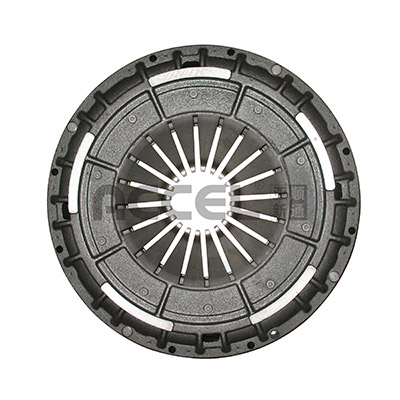Mobile:+86-311-808-126-83
Email:info@ydcastings.com
Versatile Applications of Stainless Steel Casting for Various Industries
The Advantages and Applications of Stainless Steel Casting
Stainless steel casting is an increasingly popular manufacturing process due to its unique properties and versatility. In various industries, including automotive, aerospace, medical, and food processing, stainless steel products are essential for their durability, corrosion resistance, and structural integrity. This article will explore the benefits of stainless steel casting, its applications, and the future of this innovative manufacturing technique.
Understanding Stainless Steel Casting
Stainless steel casting involves pouring molten stainless steel into a mold to create a specific shape or component. This method allows for the production of intricate designs and complex geometries that are often difficult to achieve with traditional metalworking techniques. Stainless steel, an alloy composed primarily of iron, chromium, and nickel, offers enhanced resistance to corrosion, heat, and wear, making it ideal for a wide range of applications.
The Benefits of Stainless Steel Casting
1. Corrosion Resistance One of the primary advantages of stainless steel is its exceptional resistance to corrosion. This characteristic makes it suitable for environments exposed to moisture, chemicals, and extreme temperatures. Industries that handle corrosive substances, such as chemical processing and maritime applications, rely on stainless steel castings for their longevity and reliability.
2. Durability and Strength Stainless steel is known for its mechanical strength and toughness. Cast components can withstand significant stress and strain without deforming, making them ideal for high-performance applications. This durability translates to lower maintenance costs and longer service life, providing significant economic benefits to manufacturers.
3. Versatility Stainless steel can be formulated in various grades, each designed for specific applications. Whether it's austenitic, ferritic, or martensitic stainless steel, the casting process can produce parts tailored to meet stringent industry standards. This versatility provides designers and engineers with the flexibility to choose the best material for their needs.
4. Enhanced Aesthetic Appeal Stainless steel castings possess a sleek, polished finish that is visually appealing. This quality is particularly valuable in industries like architecture, automotive design, and consumer goods, where aesthetics play a crucial role in product success.
stainless casting

5. Precision Manufacturing The casting process allows for high precision and repeatability in production. Advanced techniques, such as investment casting, enable manufacturers to produce highly detailed components with tight tolerances. This precision is critical in industries where functionality and fit are essential.
Applications of Stainless Steel Casting
Stainless steel casting finds applications across various sectors, including
- Aerospace Components such as turbine blades and landing gear parts benefit from the lightweight and durable nature of stainless steel castings. - Automotive Engine parts, exhaust components, and structural support elements utilize stainless steel for its strength and resistance to corrosion. - Medical Equipment Surgical instruments and implants made from stainless steel castings provide the required biocompatibility and hygiene standards in the medical field. - Food Processing Equipment used in food production and packaging relies on stainless steel for its non-reactive properties, ensuring product safety and compliance with health regulations.
The Future of Stainless Steel Casting
As technology advances, so does the process of stainless steel casting. The integration of computer-aided design (CAD) and 3D printing is revolutionizing the way components are conceived and manufactured. These technologies allow for rapid prototyping and the production of complex geometries that were previously unattainable.
Additionally, the push for sustainability in manufacturing practices is leading to a focus on recycling and reusing stainless steel. As industries seek to reduce their environmental footprint, the ability to recycle stainless steel efficiently will drive its demand in casting applications.
In conclusion, stainless steel casting offers numerous advantages, making it a preferred choice in various industries. Its corrosion resistance, durability, and versatility ensure that it remains an essential material in modern manufacturing. As innovations continue to shape the future of this process, stainless steel casting will undoubtedly play a significant role in meeting the demands of an ever-evolving industrial landscape.
-
Impeller Technology That Powers Precision in Pump SystemsNewsMay.22,2025
-
Valve Durability Begins with Quality Cast Iron ComponentsNewsMay.22,2025
-
Performance Cooling with Advanced Automobile Water Pump SolutionsNewsMay.22,2025
-
How Motor Housing and Oil Pans Shape Engine PerformanceNewsMay.22,2025
-
How Metal Castings Drive Modern Manufacturing EfficiencyNewsMay.22,2025
-
Exploring the Engineering Behind Valve Body CastingsNewsMay.22,2025











